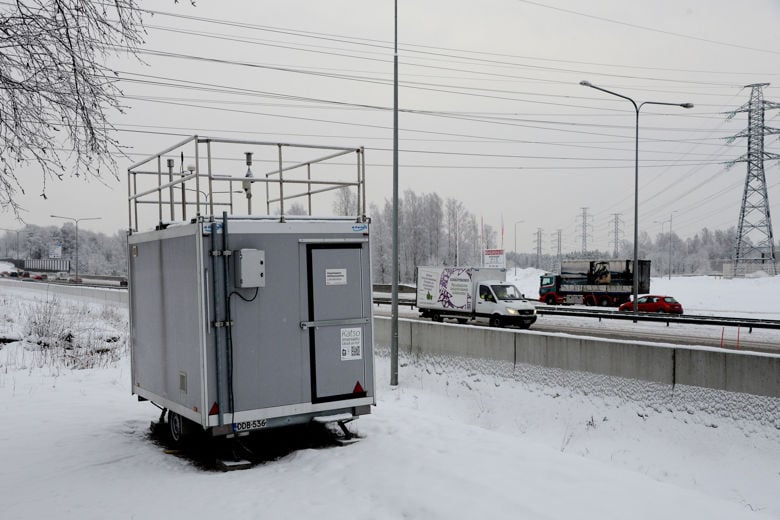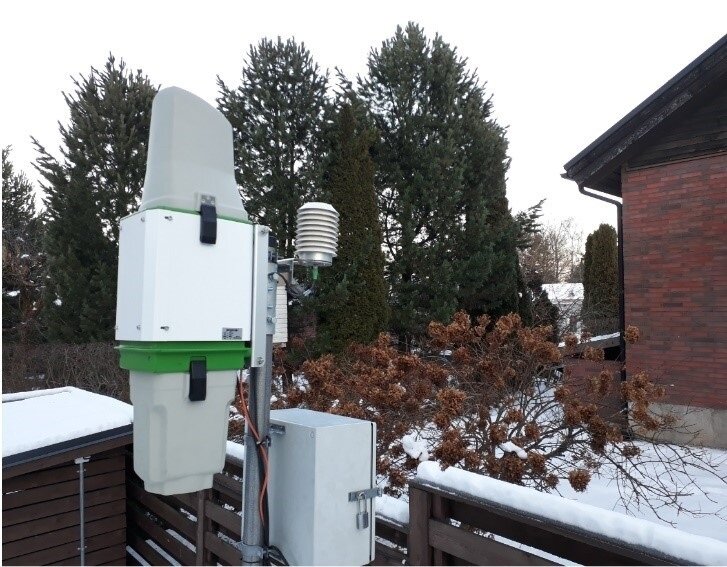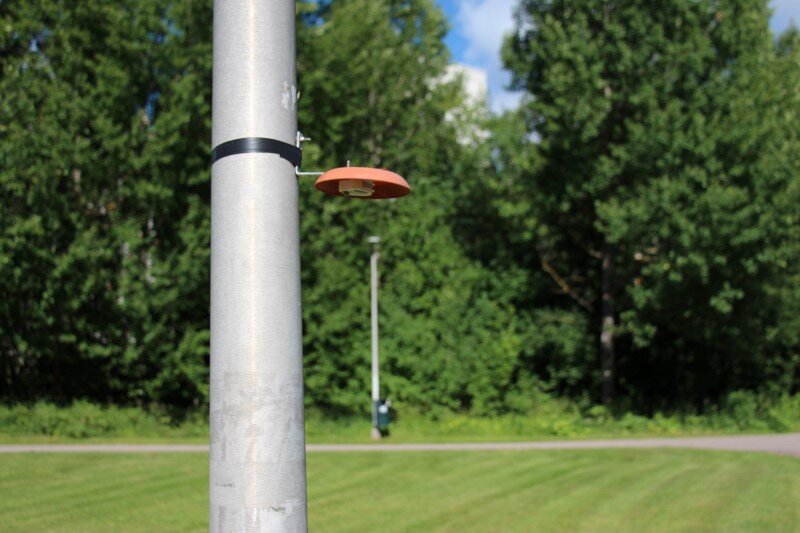How is air quality monitored?

We monitor the air for concentrations of gaseous pollutants and particles in different sizes and for weather factors. We use different methods for monitoring. Some of the methods are precise reference level measurements and others are indicative measurements. Reference level measurements are official measurements that are used to monitor limit values. With indicative measurements, we supplement our knowledge of air quality variations in the Helsinki metropolitan area. For more detailed method descriptions, see the appendix to the annual report on air quality.
Our air quality monitoring sites have reference level analysers. EU directives require the use of the reference method or other method that provides results consistent with the reference method for monitoring air pollutants.
Sensors
We use sensors as a supplementary monitoring method, and the measurements are not used to monitor limit values. The sensor results are utilised, for example, to evaluate the need for irrigation to suppress dust on the main routes during the spring street dust season, and to assess the effects of wood burning.

Passive samplers
We also use light-weight samplers to monitor air quality. There are several dozen of these small passive samplers in different locations in the Helsinki metropolitan area every year.
The samplers are used to monitor traffic-related nitrogen dioxide. The method is not as accurate as continuous monitoring, so the results are indicative. The length of a single sampling period is one month. The result is monthly averages and an annual average.
